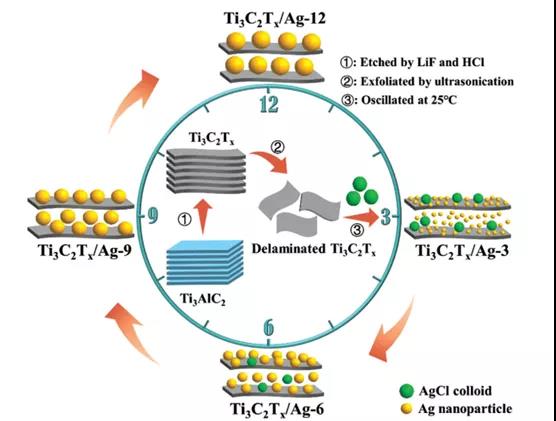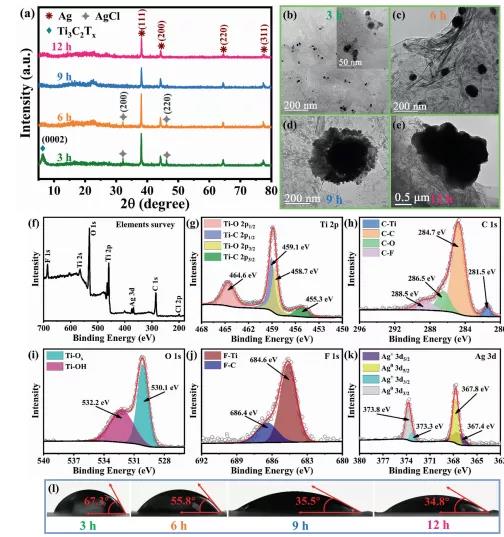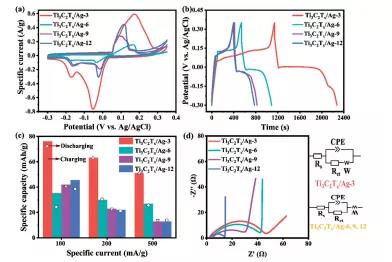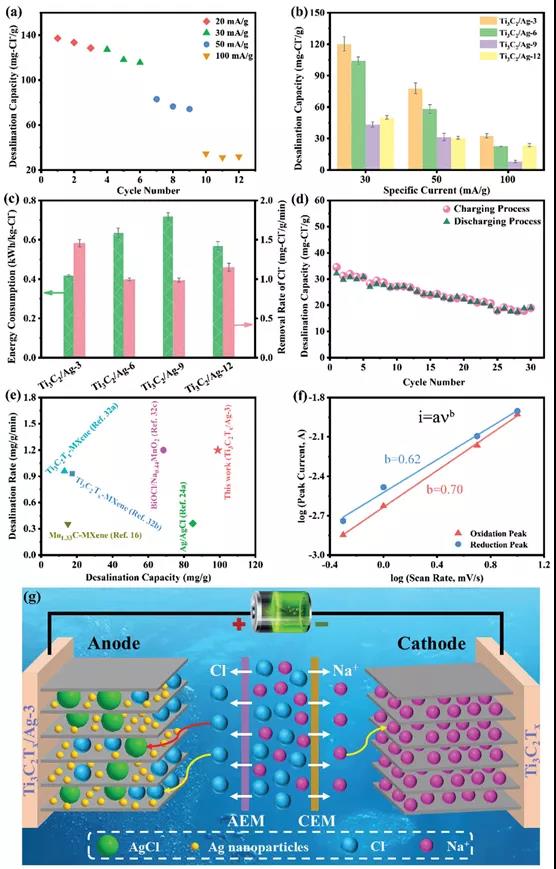
hotline:
17715390137
Tel/Wechat:
18101240246 (Technology)
0512-68565571
Email:mxenes@163.com (Sales Engineer)bkxc.bonnie@gmail.com
Scan the code to follow or search the official account on WeChat:
2D Materials Fronrier After paying attention,
click on the lower right corner to contact us,
Enter enterprise WeChat.
Professional Services Online



The continuous growth of the world‘s population, along with the rapid development of industry and agriculture, has led to a continuous increase in human demand for fresh water. Considering the abundant seawater resources on the earth, it is particularly important to remove NaCl, the main component of salt water, to produce fresh water. At present, thermal evaporation, electrodialysis, reverse osmosis and electrochemical oxidation are considered to be effective techniques for removing NaCl from seawater. But its high energy consumption, pollution and high cost limit its large-scale application. Therefore, the development of simple and efficient energy utilization technology is crucial for seawater desalination applications. In this regard, capacitive deionization (CDI) is considered a potential desalination technology, especially for salt water. Compared with traditional desalination technology, it has the advantages of energy efficiency and simple production.

Recently, Professor Volker Presser from Saarland University, Germany, Fei Yu from Shanghai Ocean University and Professor Jie Ma from Tongji University published a topic in the international high-level academic journal Advanced Science: Combining Battery-Type and Pseudocapacitive Charge Storage in Ag/Ti3C2TxMXene Electrode for In the research paper of Capturing Chloride Ions with High Capacitance and FastIon Transport, a Ti3C2Tx/Ag composite was prepared by a simple oxidation-reduction method as a capture electrode for chloride ions in capacitive deionization (CDI).


Figure 1. Preparation process of Ti3C2Tx/Ag samples.

Figure 2. Physical characterization of Ti3C2Tx/Ag composite: XRD, TEM, XPS and contact angle.

Figure 3. Electrochemical performance test of Ti3C2Tx/Ag composite.

Figure 4. Desalination performance test of Ti3C2Tx/Ag composite.

The Ti3C2Tx/Ag composite prepared in this paper is hydrophilic and has low charge transfer resistance. The Ti3C2Tx/Ag-3 electrode showed excellent rate performance (1.5 mg Cl-g-1 min-1 at a current density of 50 mA g-1), and high desalting capacity (0.01 M NaCl solution, at 20 mA The current density of g-1 reaches 135 mg Cl-g-1), good cycle stability and low energy consumption. Therefore, the researchers inferred that the excellent desalination performance comes from the synergistic effect of the battery behavior of Ag nanowires and the layered Ti3C2Tx material of pseudocapacitance behavior. MXene is not only used as an intercalation electrode, but also as a simple electronic conductive network to support the Ag/AgCl conversion reaction.
Literature link:
https://doi.org/10.1002/advs.202000621
Information source: MXene Frontie
This information is from the Internet for academic exchanges. If there is any infringement, please contact us and delete it immediately

| Reminder: Beijing Beike New Material Technology Co., Ltd. supplies products only for scientific research, not for humans |
| All rights reserved © 2019 beijing beike new material Technology Co., Ltd 京ICP备16054715-2号 |